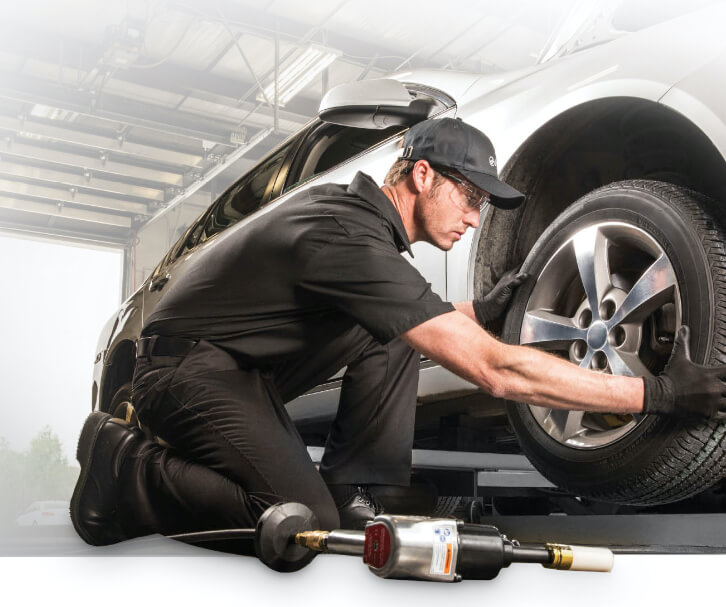Boost Your Drive: Top-Notch GMC Tires Service at Morris Tires
Boost Your Drive: Top-Notch GMC Tires Service at Morris Tires
Blog Article
Tire Service: The Influence of Climate Condition
When it pertains to guaranteeing ideal efficiency and safety when driving, understanding the influence of climate condition on tire service is important. From scorching warm to icy roads, each weather condition aspect can significantly influence tire capability and total driving experience. By delving into the results of differing weather on tires, chauffeurs can obtain valuable understandings that might enhance their lorry's performance and durability. In this conversation, we will discover the complex relationship between climate condition and tire solution, clarifying the relevance of weather-specific tire upkeep methods and considerations.
Warm and Tire Performance
When subjected to heats, tires experience modifications in efficiency that can dramatically impact automobile security and handling. The warm generated from extended driving or heat problems creates the tire rubber to soften, bring about lowered step life and boosted wear. As the rubber comes to be softer, the tire's grip on the roadway reduces, influencing braking distances and general grip. In extreme situations, extreme warm can also trigger tire blowouts, posing an extreme security risk to the lorry and its owners.

Winter Impacts
Cold weather condition conditions can have a considerable impact on tire efficiency and safety. In cool weather, tires might likewise shed air pressure a lot more quickly, which can affect handling and fuel efficiency.
To reduce the impacts of winter on tires, it is essential to consistently check tire pressure and inflate them to the producer's recommended degrees. Utilizing winter season or all-season tires designed for winter problems can also enhance grip and hold on icy or snowy roadways. Correct tire upkeep, consisting of regular assessments for wear and damages, becomes much more crucial throughout cooler months to make sure optimum performance and security.
Rainy Conditions Effect
Tires with damaged footsteps are much more susceptible to hydroplaning, where a layer of water builds up between the tire and the roadway surface area, leading to loss of traction. To combat this, vehicle drivers need to consistently evaluate their tires for sufficient tread depth and take into consideration spending in tires especially developed for damp problems.
Additionally, wet weather condition can likewise lower exposure, making it challenging for vehicle drivers to see the road ahead clearly (GMC Tire Service). In such conditions, it is vital to change driving speeds as necessary and keep a risk-free complying with distance to enable for unexpected stops. Effectively inflated tires can also assist in maintaining control on damp roads by providing better handling and grasp
Snow and Tire Safety
When driving in snowy problems, having the ideal tires can make a substantial distinction in safety and security and performance. here Wintertime tires are designed with special rubber substances and walk patterns to provide much better traction on snow and ice contrasted to all-season tires.

It is crucial to adhere to supplier guidelines when making use of and mounting tire chains to prevent damage to the tires and vehicle. By choosing the best tires, preserving proper rising cost of living, and considering added traction aids like tire chains, drivers can improve their safety when browsing snow-covered roadways.
Weather-Related Tire Maintenance
Weather-related tire maintenance encompasses an array of techniques aimed at making sure ideal tire feature and durability in different weather circumstances. One key facet of weather-related tire maintenance is tire pressure guideline. Evaluating tire tread frequently and changing tires when step wear reaches a particular depth is essential for preserving traction and stability in damaging climate.
Conclusion
In conclusion, weather condition problems have a significant browse around this site impact on tire performance and security. From warm influencing tire pressure and wear to cool weather condition reducing grip, it is necessary to consider the weather condition when maintaining and making use of tires.
In this discussion, we will explore the detailed connection between weather conditions and tire service, shedding light on the significance of weather-specific tire maintenance techniques and considerations.

Report this page